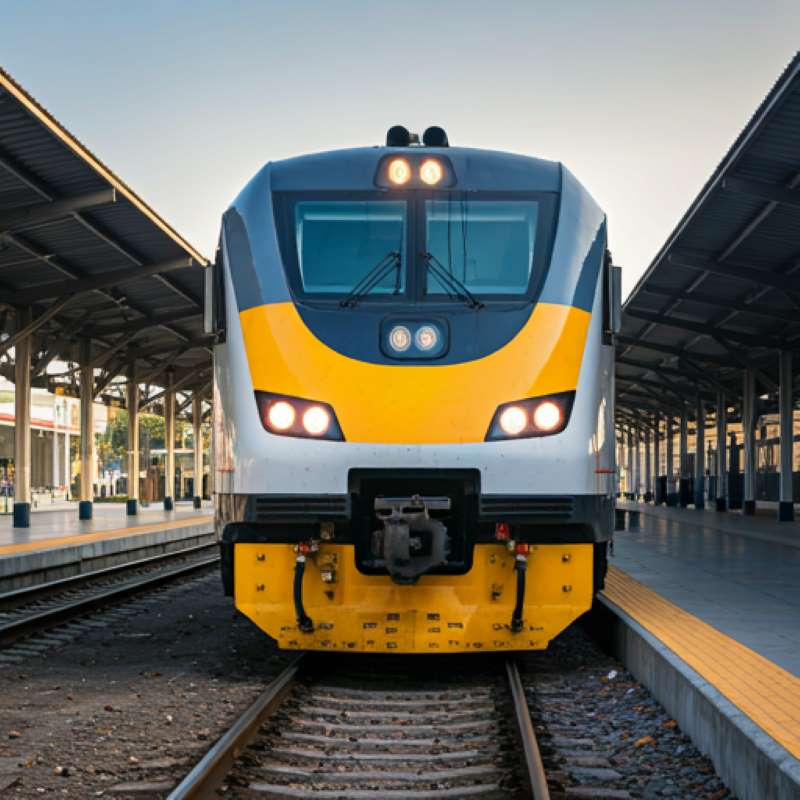Mexico's Parliament Puts Passenger Trains Back on Track
Mexico's Chamber of Deputies unanimously approved a measure to allow the state to resume control over railroad infrastructure for passenger transport. The decision aims to revitalize passenger rail services, improve efficiency, and reduce costs for commuters.

In a landmark decision for Mexico's transportation policy, the Chamber of Deputies voted unanimously to approve a reform allowing the Mexican state to reclaim control over the nation's railroad infrastructure for passenger transport services. The legislation, which passed with 472 votes in favor, marks a significant shift in the country’s transport policy, opening the door for a potential renaissance of passenger rail after decades of prioritizing freight.
The legislative proposal, now heading to the Senate for constitutional review, aims to reform Article 28 of the Mexican Constitution. Specifically, it restores the government’s ability to assign or concession railroad operations to public entities or private operators, effectively ending the long-standing dominance of freight transport on the nation's railway network.




